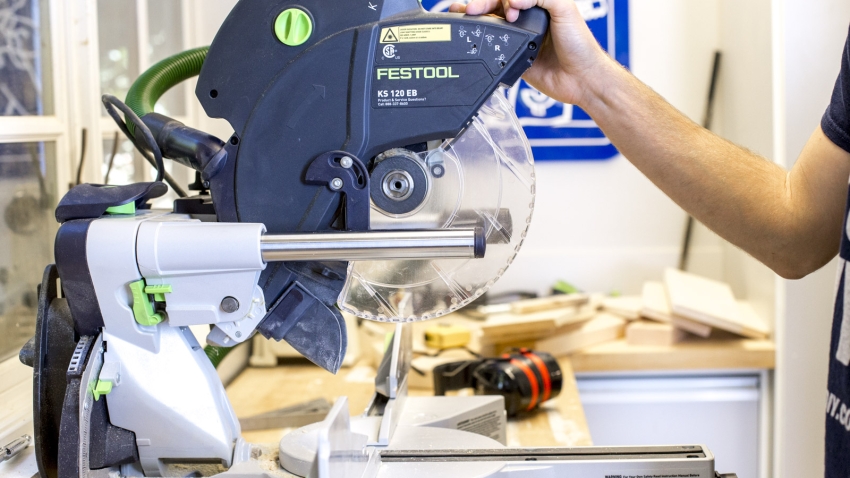
The Mighty Chop Saw: Your Key to Precise Cuts
The world of power tools can be overwhelming, especially for DIY enthusiasts venturing in for the first time. Among the many saws available, the chop saw (also known as a miter saw) stands out for its ability to deliver clean, accurate cuts with impressive speed. But what exactly is a chop saw, and how can it benefit your project?
In essence, a chop saw is a motorized wonder designed for one primary task: making precise crosscuts. Imagine needing to cut lumber for framing, trim for doorways, or pipes to size – the chop saw tackles these jobs efficiently. It features a spinning circular blade mounted on an arm that allows for a smooth downward motion, guiding the blade through the material.
However, there’s more to the chop saw than meets the eye. Let’s delve deeper into its functionalities and explore the advantages it offers.
Unveiling the Chop Saw’s Capabilities
While basic chop saws excel at crosscuts, many models boast additional features that enhance their versatility. Here’s a breakdown of some key functionalities:
- Miter Cuts: Many chop saws come equipped with a rotating base, enabling you to make angled cuts (miters) beyond the standard 90 degrees. This is incredibly useful for crafting crown molding, picture frames, and other projects requiring angled components.
- Bevel Cuts: Some advanced models offer the ability to bevel the blade itself, allowing for cuts at an angle on the vertical plane. This is ideal for creating angled roof rafters or installing crown molding that seamlessly copes with uneven walls.
- Compound Cuts: If you need the ultimate in cutting flexibility, consider a chop saw with both miter and bevel capabilities. This powerhouse allows you to make compound cuts, which involve both a horizontal and vertical angle on a single pass. Think intricate carpentry projects or crafting decorative pieces – the possibilities become vast.
Advantages of Using a Chop Saw
So, why choose a chop saw over other cutting tools? Here are some compelling reasons:
- Precision: Compared to handheld circular saws, chop saws offer superior accuracy. The fixed blade and stable base minimize wobble, resulting in cleaner and straighter cuts. This is crucial for projects where even the slightest deviations can ruin the final product.
- Efficiency: Making repetitive cuts with a handsaw or jigsaw can be time-consuming and tiring. The chop saw’s powerful motor and smooth operation significantly accelerate your workflow. You can zip through lumber or pipes in a fraction of the time, allowing you to focus on assembling your project.
- Safety: The enclosed design of the chop saw blade minimizes the risk of accidental contact. Additionally, many models come with safety features like blade guards and clamps to secure the material in place, reducing the chance of kickback or injuries.
- Versatility: As discussed earlier, the ability to perform miter, bevel, and even compound cuts with some models makes the chop saw a highly adaptable tool. It can tackle a wide range of woodworking and metalworking projects, eliminating the need for multiple specialized saws.
- Ease of Use: Operating a chop saw is relatively straightforward. Once you familiarize yourself with the controls and safety measures, making precise cuts becomes intuitive. This makes it a great choice for both seasoned DIYers and beginners who are looking for a powerful yet user-friendly tool.
Choosing the Right Chop Saw for Your Needs
With the plethora of chop saws available, selecting the perfect one requires considering your specific requirements. Here are some key factors to ponder:
- Blade Size: The blade size determines the cutting depth of the saw. For typical woodworking projects involving lumber and trim, a 10-inch blade is a good starting point. If you plan to tackle thicker materials or larger pipes, consider a 12-inch blade.
- Miter and Bevel Capabilities: Decide if the ability to make angled cuts is crucial for your projects. If so, opt for a saw with miter and bevel functionality. Consider the maximum miter and bevel angles offered by different models to ensure they meet your cutting needs.
- Power: Chop saws come with varying motor wattages. A higher wattage translates to more power, enabling you to handle tougher materials or thicker cuts with ease. However, remember that a more powerful motor also translates to a heavier saw.
- Laser Guide: While not essential, a laser guide projected onto the cutting line can significantly enhance precision. It allows you to align the material perfectly for a clean cut every time.
Essential Safety Tips for Using a Chop Saw
Safety should always be paramount when working with power tools. Here are some crucial tips to keep in mind when operating a chop saw:
- Wear Safety Gear: Always wear safety glasses, ear protection, and a dust mask when using a chop saw. Eye protection shields you from flying debris, ear protection safeguards your hearing from the loud noise, and a dust mask protects you from inhaling harmful particles.
- Secure the Material: Ensure the material you’re cutting is firmly clamped to the chop saw’s base to prevent movement and potential kickback.
- Double-Check Measurements: Before activating the saw, double-check your measurements and ensure the material is positioned correctly for the intended cut.
- Maintain Control: Keep both hands firmly on the designated handles while operating the saw. Avoid reaching across the blade or placing your hands in its path.
- Power Down When Finished: Always unplug the chop saw or turn off the power switch when you’re finished using it. Never leave a running saw unattended.
By following these safety guidelines, you can maximize your enjoyment and productivity while using your chop saw.
Chop Saw Maintenance for Optimal Performance
Taking proper care of your chop saw extends its lifespan and ensures it continues to deliver clean, accurate cuts. Here are some basic maintenance practices:
Keep it Clean:
After each use, wipe down the saw with a damp cloth to remove dust and debris buildup. Pay particular attention to the blade and surrounding areas to maintain optimal cutting performance.
Sharpen the Blade:
Over time, the saw blade will dull, leading to less precise cuts. Regularly sharpen the blade using a blade sharpening tool or replace it with a new one when necessary.
Lubricate Moving Parts:
The chop saw’s manual will typically specify which parts require lubrication. Apply a light coat of lubricant to these components to ensure smooth operation and prevent wear and tear.
Unleash Your Inner Craftsman with the Chop Saw
The chop saw is a valuable asset for any workshop, offering a powerful combination of precision, efficiency, and safety. Whether you’re a seasoned woodworker tackling intricate projects or a DIY enthusiast embarking on home improvement tasks, the chop saw can be your key to achieving professional-looking results. So, the next time you need to make clean, accurate cuts, consider the mighty chop saw – a tool sure to empower your creativity and elevate your project outcomes.









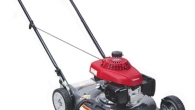


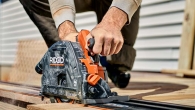
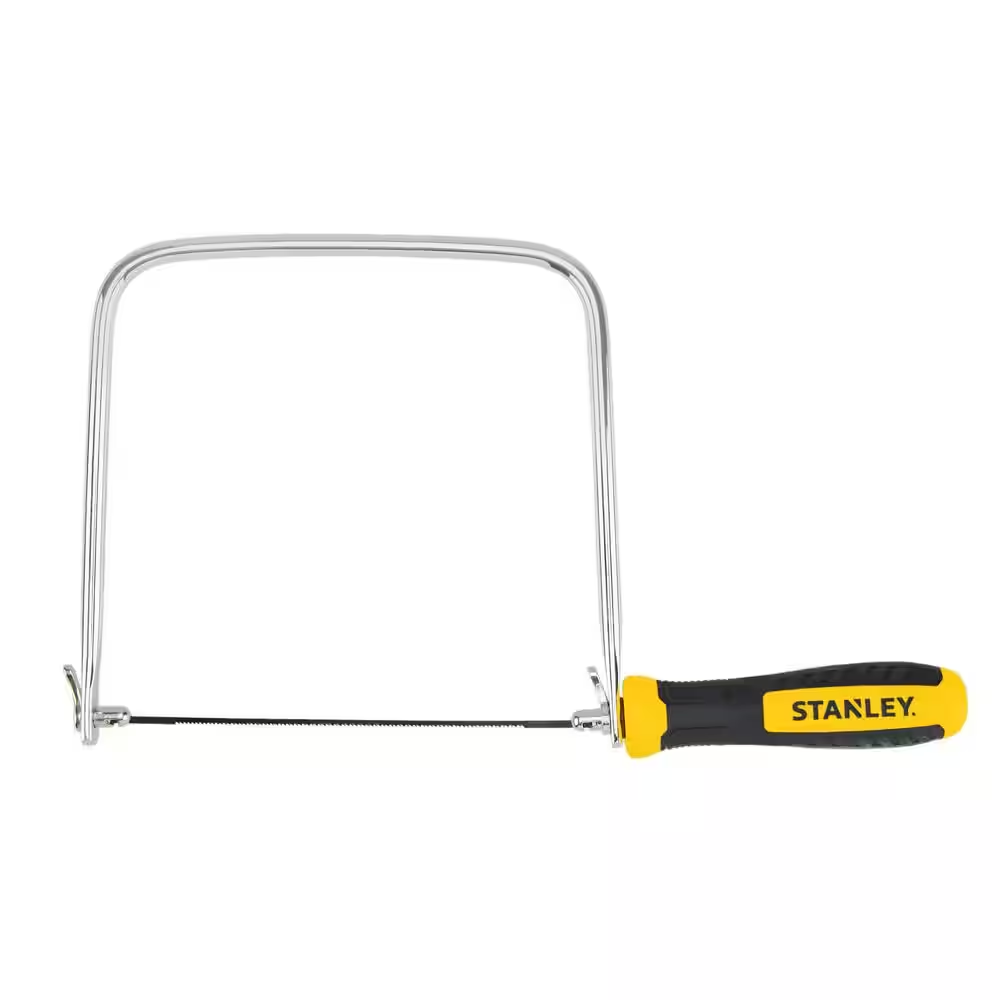

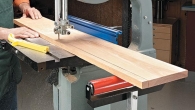
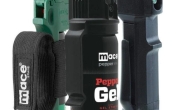
Leave a Reply